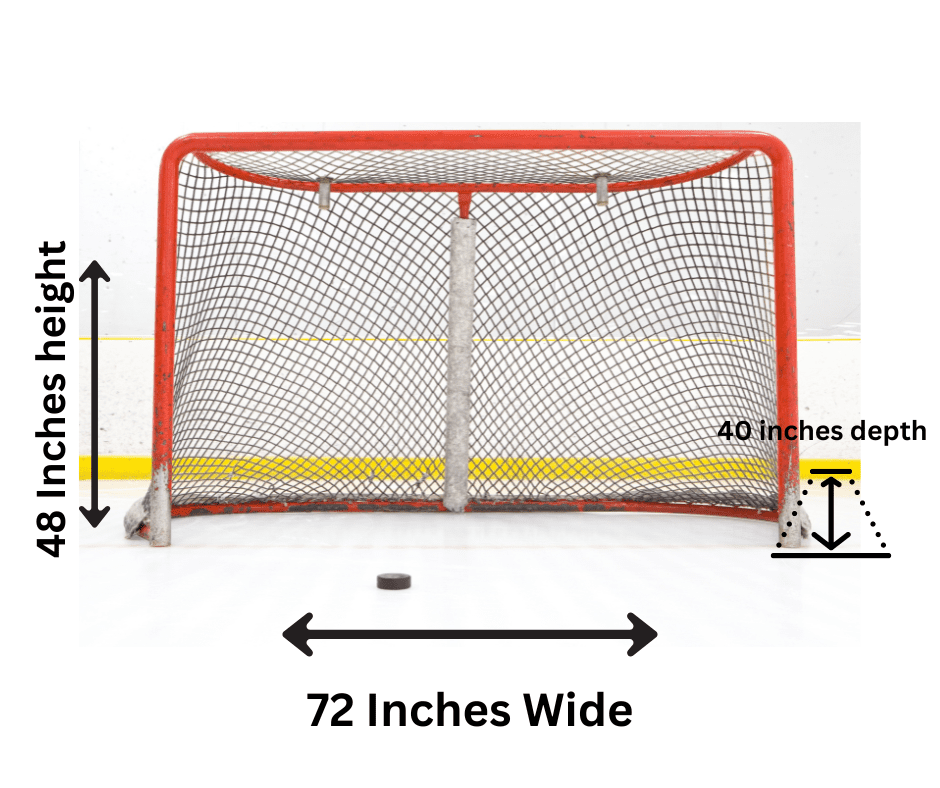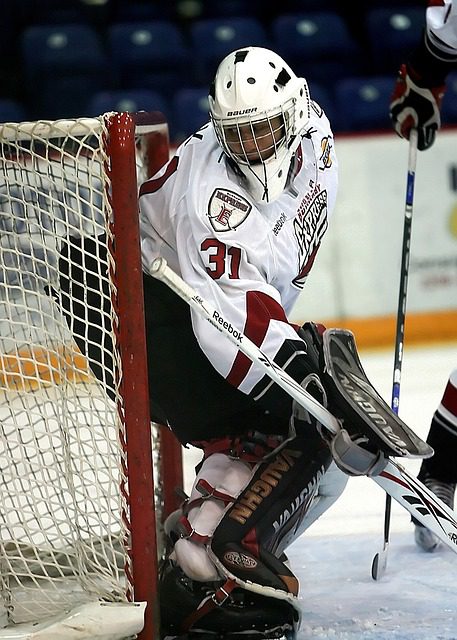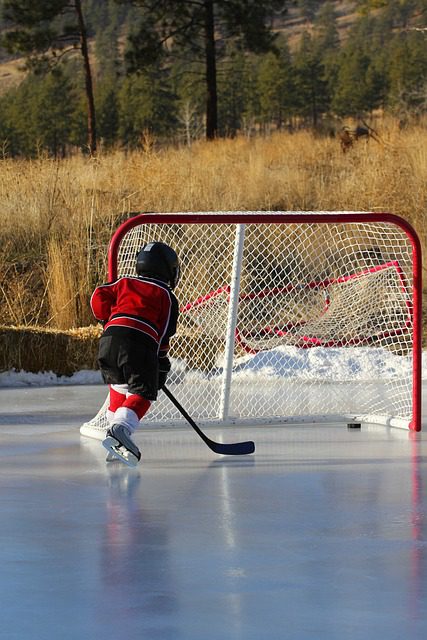Dimensions of a Hockey Net
You’re bundled up in the rink, coffee in hand, watching your kid’s team battle it out on the ice. Everyone’s eyes are glued to one thing—the hockey net. That little rectangle at each end of the rink is the whole point (literally) of the game. But have you ever thought about what goes into those nets and the dimensions of a hockey net?
Now, let’s talk numbers because hockey nets are built with precision. For professional play, these nets measure 72 inches wide, 48 inches high, and have a depth of 40 inches. That’s a pretty specific target, especially when your mini Gretzky is aiming for the top corner! The metal tube frame holding it all together is about 2 inches thick, making it tough enough to handle every slap shot, deflection, and scramble in front of the crease. The netting itself has tiny openings, just 1 5/8 inches wide, designed to keep every puck in place when the red light flashes. And the base? It’s got a rounded edge with an 18-inch radius, with the whole setup stretching out to an overall width of 88 inches.
So, next time you’re yelling “Top shelf, where mama keeps the cookies!” you’ll know exactly how much net your kiddo has to work with—and why every inch counts.

Understanding the Ins and Outs of the Hockey Net
So, now that we’ve sized up the net, let’s talk about why those exact dimensions and features matter—because, believe me, there’s more to it than just a place for pucks to land. The hockey goal frames you see in professional games, whether it’s a heart-pounding playoff clash or a regular season showdown, are built to strict NHL specifications. These official NHL regulation goals are designed with durability and safety in mind, ensuring every goal counts and every game stays competitive.
From Red Posts to White Interiors: What Makes an NHL Net Stand Out
Next time you catch a Toronto Maple Leafs game or any other professional matchup, take a closer look at those iconic red posts contrasting against the white interior netting. This color combination isn’t just about aesthetics—it helps players and goalies spot the net more easily during the fast-paced action of hockey games. And those posts? They’re made of durable materials that can withstand the hardest slap shots from professional athletes, like 100+ mph blasts that shake the entire goal frame.
Speaking of the frame, let’s not forget the goal’s base depth and net protectors, which are critical for both safety and functionality. The sturdy base ensures the net stays grounded, no matter how hard players crash into it.
Net protectors keep the puck in, saving everyone from chasing rogue pucks while also preserving game integrity. And let’s not overlook the netting itself—typically made from mm knotless resin-coated netting. This high-quality material is used to ensure every goal is safely caught, protecting both players and spectators.
Safe Hockey Goals: The Importance of Regular Inspections
Safety is a top priority in the world of ice hockey, which is why only officially approved hockey nets are used in professional games across the United States. These nets go through rigorous testing and regular inspections to ensure they meet every standard set by the National Hockey League.
SportsEngine’s Sports Relationship Management system often ensures compliance with these specifications, maintaining high standards across all levels of play.
Why NHL Nets Are Built to Last
The use of high-quality materials, such as original Cush-Net designs and advanced netting technology, means these nets aren’t just about performance—they’re built to last.

In professional hockey, these nets must endure the rigors of regular play and withstand the toughest hits without compromising safety or structure.
It’s not just about putting the puck in the back of the net; it’s about ensuring the goal stands strong through every challenge, from the rink in your local town to the bright lights of an NHL arena.
Youth Ice Hockey Net Dimensions

Youth ice hockey nets are typically smaller than the standard NHL-sized nets to better suit the skill levels and development stages of younger players. The dimensions of youth ice hockey nets can vary slightly depending on the age group and league regulations, but a common size used in youth leagues is:
- Width: 54 inches (137 cm)
- Height: 44 inches (112 cm)
- Depth: 24 inches (61 cm)
These smaller nets help young goalies cover more of the net and make the game more manageable and enjoyable for younger players. As players progress in age and skill, they gradually transition to the full-size nets.
The smaller dimensions for youth also encourage young skaters to develop technical skills and aim more accurately, fostering better gameplay and learning the fundamentals of shooting and goaltending.
The Takeaway: More Than Just a Net
So, the next time you’re at the rink cheering on your little forward or watching the pros battle it out, take a moment to appreciate the hockey net. It’s more than just red posts and a white interior—it’s a critical part of the game, built to exacting standards that keep hockey exciting, safe, and fair.
From the use of durable materials to the precise NHL specifications, these nets are a testament to the game’s evolution, ensuring every goal is celebrated and every save is remembered.



